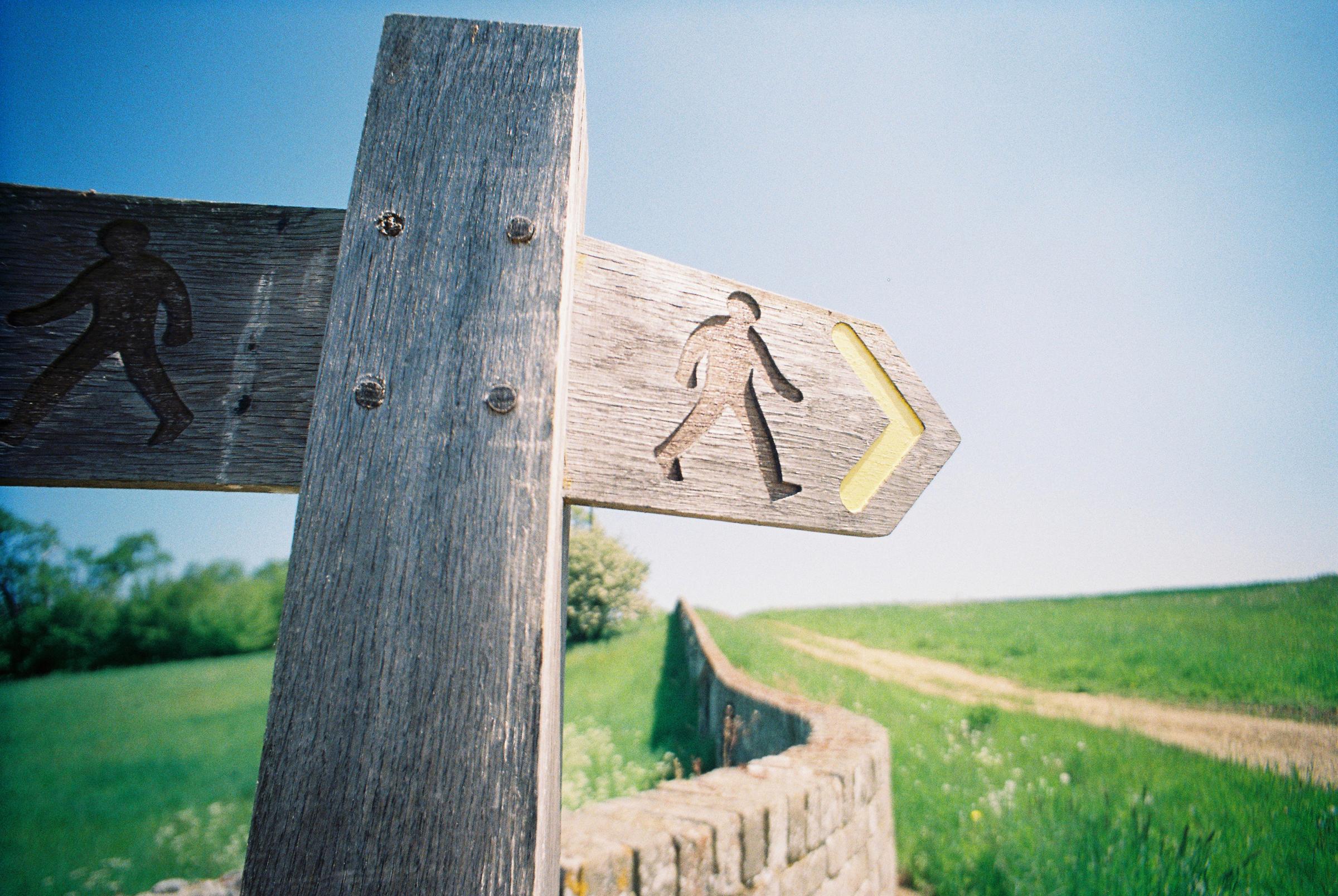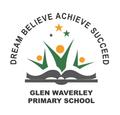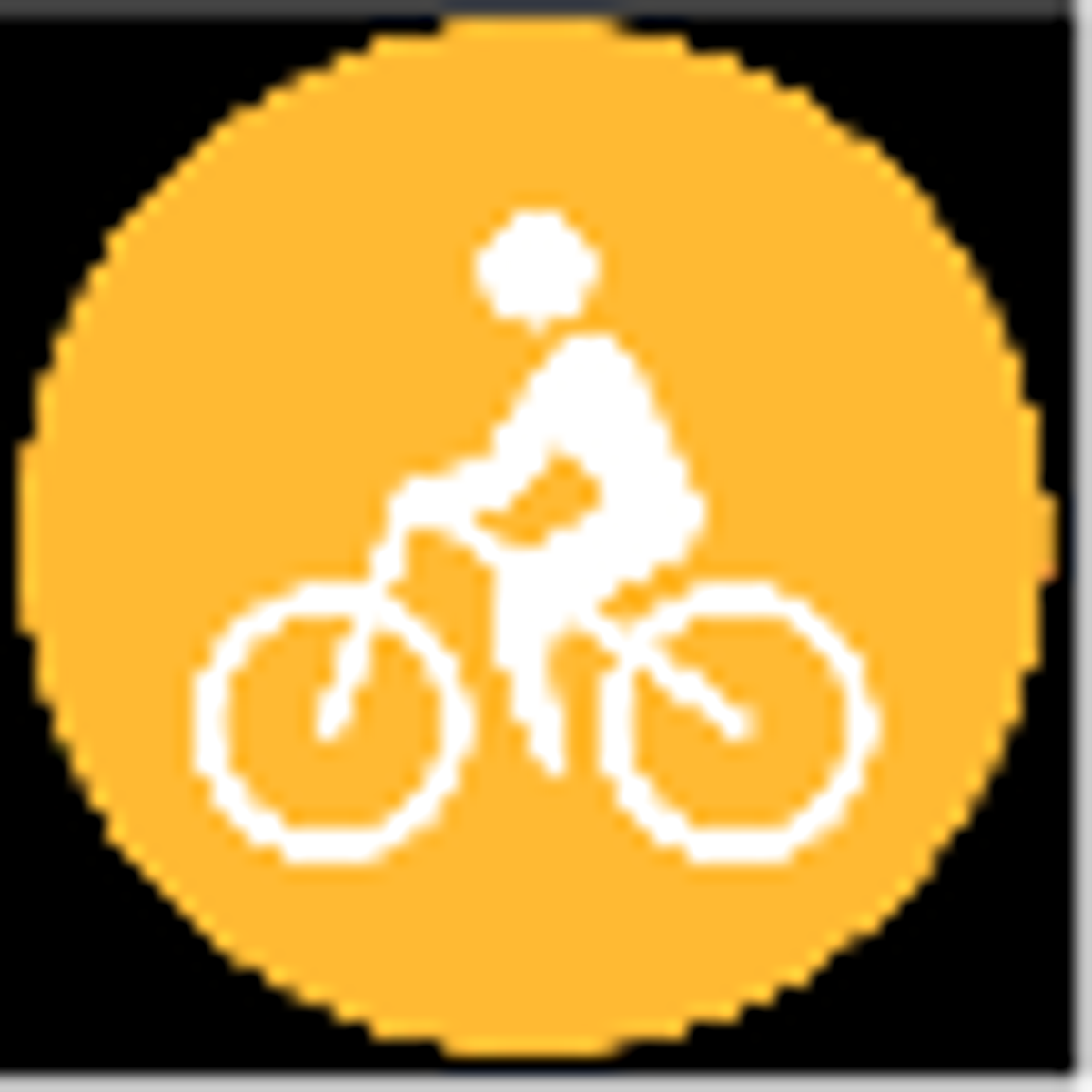Wellbeing during lockdowns

Through our relationship with the Melbourne University Science of Learning Research Centre, we learned that emotions play a pivotal role in successful learning. Emotions have a deep connection to memory and therefore some emotions can impair memory and learning. Even if you cannot see them on the surface, they are chemicals moving within the brain. As a result of this, we hold student wellbeing in high regard, as a key building block for successful learning.
As a school, we are acutely aware that the ‘on again/off again’ nature of lockdowns is having an impact on the wellbeing of all members of our community. Take solace in the fact that this is being felt by everyone, with terms like ‘lockdown fatigue’ being used across the media as well as in private and public industries. However, sitting in self-pity is not going to help lift us up out of this lockdown. You may have noticed your child’s learning having more of a wellbeing focus. This is because we are making a deliberate choice to ‘set our students up for success’ – success in their emotional journey through these ‘on again/off again’ lockdowns and successful transitions back into on-site schooling. We are not only looking to set our students up for success, but we also want to set you and our teachers up for success. To achieve this, we will be introducing the following initiatives which will involve the whole school community.
Positive Transitions Program
In its infancy, we are developing a whole school approach to supporting transitions in and out of lockdowns, with a focus on positive connections. On Monday, I met with our Teaching and Learning Leaders and a group of Year Five and Six students from our Student Voice Junior School Council. The message from this workshop was strong and consistent – we are all craving positive, “real life” connections with the people in our lives that have been removed because of the lockdown.
Our task is now to develop an approach to support our whole community (parents, teachers and students) to foster positive connections as we transition in and out of lockdowns. Our first step will be looking at how we can set each other up for success as we transition back into on-site schooling on Friday 4th September.
So, what is happening right now? Teams are brainstorming ideas for this transition project (including the Student Voice Junior School Council team). These ideas will then be formulated into one community wide project. Keep your eyes peeled for updates soon!
A Million Minutes of Movement
You may have noticed in Mr Catalano’s recent letter to the school community that we are launching a whole school challenge, asking our students, teachers and families to log their minutes of movement to try and reach the aspirational goal of 1,000,000 collective minutes of movement. Here is a copy of Mrs Coffey’s recent Compass post.
“As you all know Lockdown 6 has been extended for another two weeks, which means more time at home learning online, watching television, playing video games, reading and sleeping. If it was holiday time, we would say, enjoy, relax, chill out with some friends but it’s not, it is the middle of term, and we need to stay energised.
Research tells us that exercise releases endorphins, which makes us feel positive, puts a smile on our face, increases our appetite and improves brain function.
In the words of Tich Nhat Hanh, Vietnamese Monk, “When it comes to health and well-being, regular exercise is about as close to a magic potion as you can get.”
So, we have just the thing to get you all moving – a million minutes of movement challenge! We want students and all members of your family to get off the couch and away from the desk and exercise. Use this QR code and submit your movement minutes on the google form daily.
https://docs.google.com/forms/d/1IMHPjkmu7v8rgn1cJGS1u_14EyUfoh31To-pykB0bX0/edit
You can choose to move anyway you like, just record it! Dancing is popular and there are lots of videos available on You Tube, if walking is more interesting, do a couple of laps around the block, those with bikes and trails nearby might prefer to ride. Yoga or Pilates is popular, or perhaps you have created a home circuit or an Australian Ninja Warrior course.
Choose your moves and record how long you worked out for; we need everyone to help us reach the one-million-minute target by Friday 3rd September. Spot prizes will be announced weekly, so don’t forget to record your name, your class and your exercise minutes on the Google Form.”
Personal Wellbeing
Maintaining our own wellbeing takes commitment and effort, however there are four key areas we can focus on to enhance our wellbeing.
How will you choose to look after yourself today?
PHYSIOLOGICAL STRATEGIES – our physiology can have an impact on the way we feel and manage stress. Changing our physiology through exercise, diet, sleep and other activities can help us manage emotions more effectively and build our resilience.
MENTAL STRATEGIES – one way of managing different thoughts and emotions is to think about them from different perspectives. For example, exploring the benefits and consequences of them, causes of them and different ways of responding to them.
SOCIAL STRATEGIES – connecting and sharing with others provides us with the opportunity to express and explore our feelings and get someone else’s input or support for them. Expressing how we feel can help us manage our mood and emotions.
ENVIRONMENT STRATEGIES – factors external to us can impact how we feel at work, such as deadlines, our workload, and the environment we are working in. Changing our conditions and/or our working environment can help improve the way we feel as well as our well-being.




